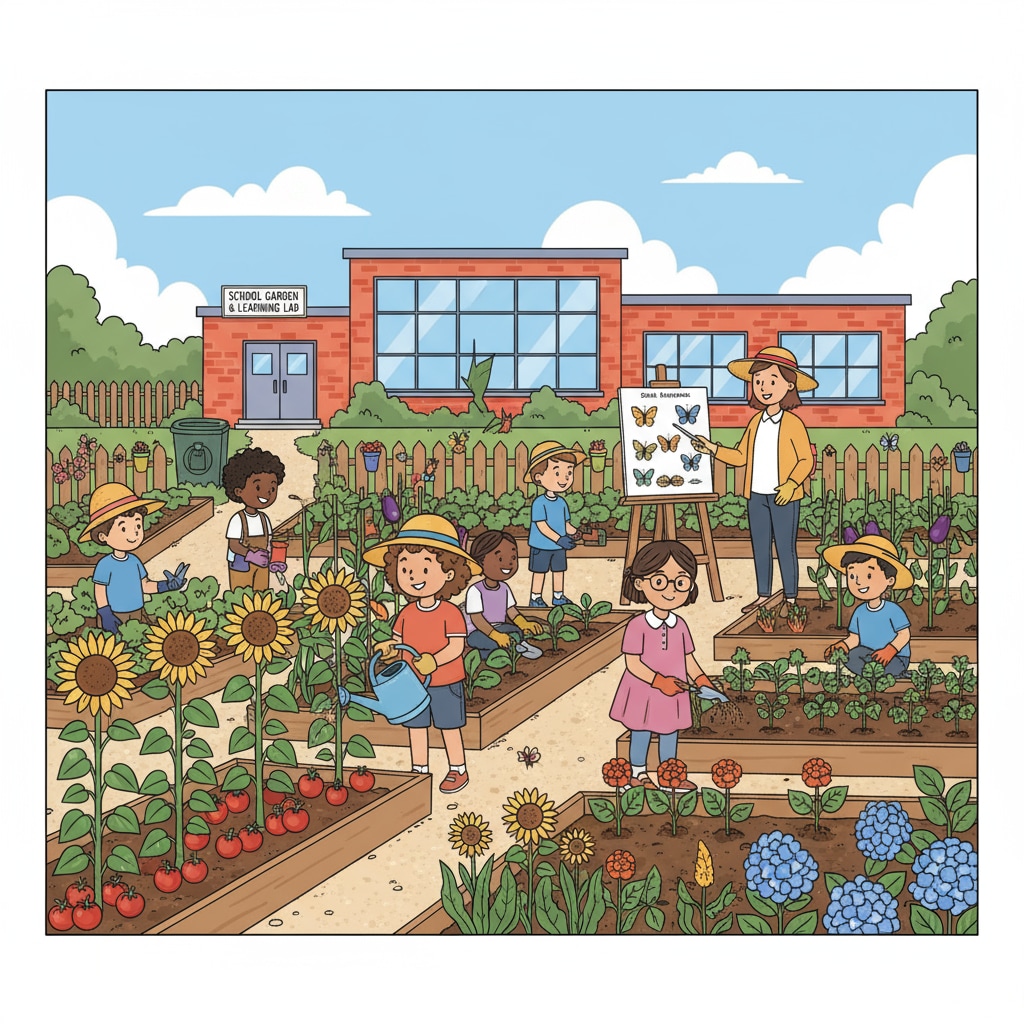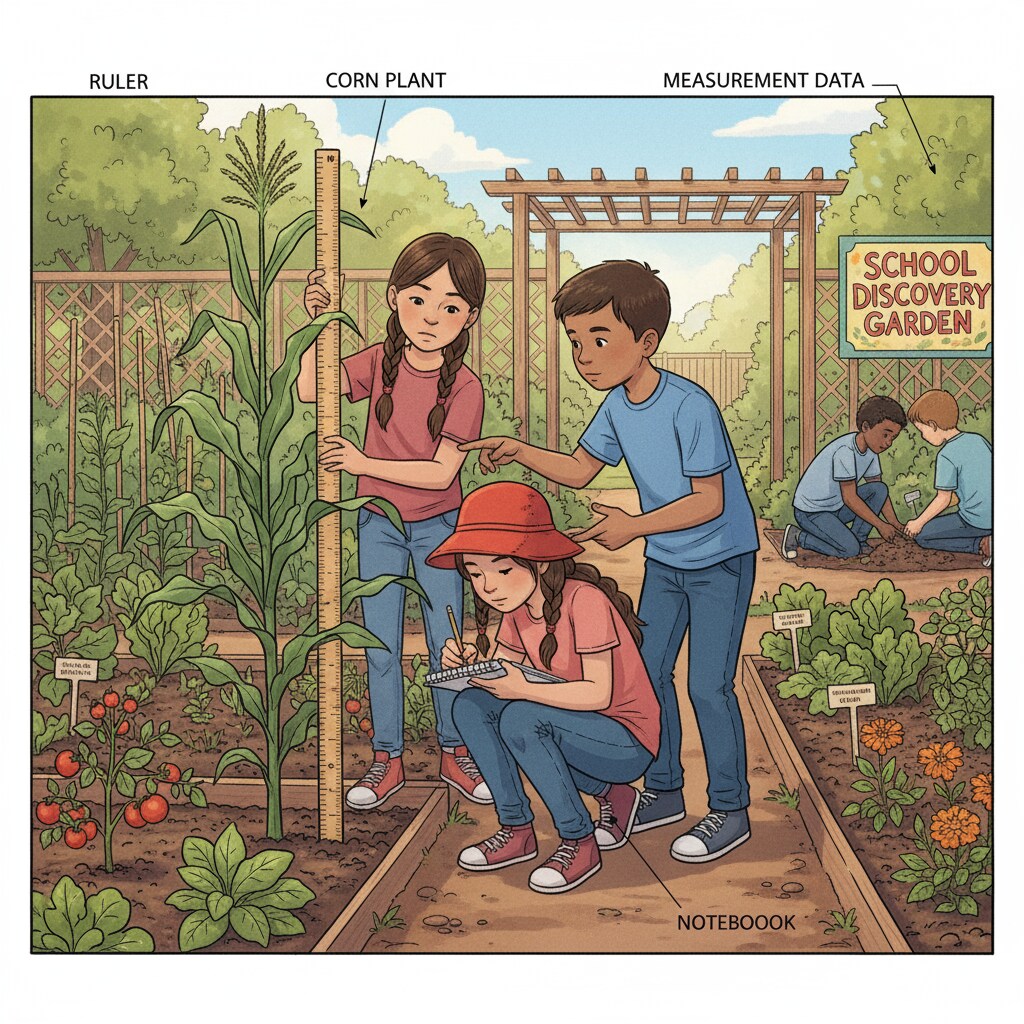School gardens, practical education, and interdisciplinary learning are revolutionizing the K12 educational landscape. In recent years, campus gardens have emerged as powerful tools that not only enhance students’ academic performance but also nurture their social-emotional skills and environmental awareness.

These green spaces provide a unique and immersive learning environment that bridges the gap between theory and practice.
The Educational Value of School Gardens
School gardens offer a plethora of educational benefits. For starters, they serve as living laboratories for science education. Students can observe plant growth cycles, learn about soil composition, and study the interaction between plants and insects. This hands-on approach to learning makes complex scientific concepts more accessible and engaging. For example, students can plant seeds, measure their growth over time, and analyze the factors that affect their development. Science education on Wikipedia

Interdisciplinary Learning Opportunities
One of the most significant advantages of school gardens is their potential for interdisciplinary learning. They integrate multiple subjects, such as science, math, language arts, and art. In a garden project, students might use math to calculate the area of a garden bed or measure the amount of water needed for irrigation. They can write stories or poems about their gardening experiences, incorporating language arts skills. Additionally, art can be incorporated through activities like creating garden-themed murals or designing garden markers. Interdisciplinary studies on Britannica
In addition to academic benefits, school gardens also contribute to students’ social-emotional development. Working together in the garden promotes teamwork, cooperation, and communication. Students learn to share responsibilities, resolve conflicts, and support one another. This sense of community and collaboration is essential for their overall well-being.
Readability guidance: As we’ve seen, school gardens bring numerous advantages to K12 education. They offer practical learning experiences, facilitate interdisciplinary exploration, and enhance students’ social skills. By incorporating these green spaces into the curriculum, educators can create a more engaging and effective learning environment for their students.


